Home>Ideas and Tips>How To Start Collecting Vintage Quilts
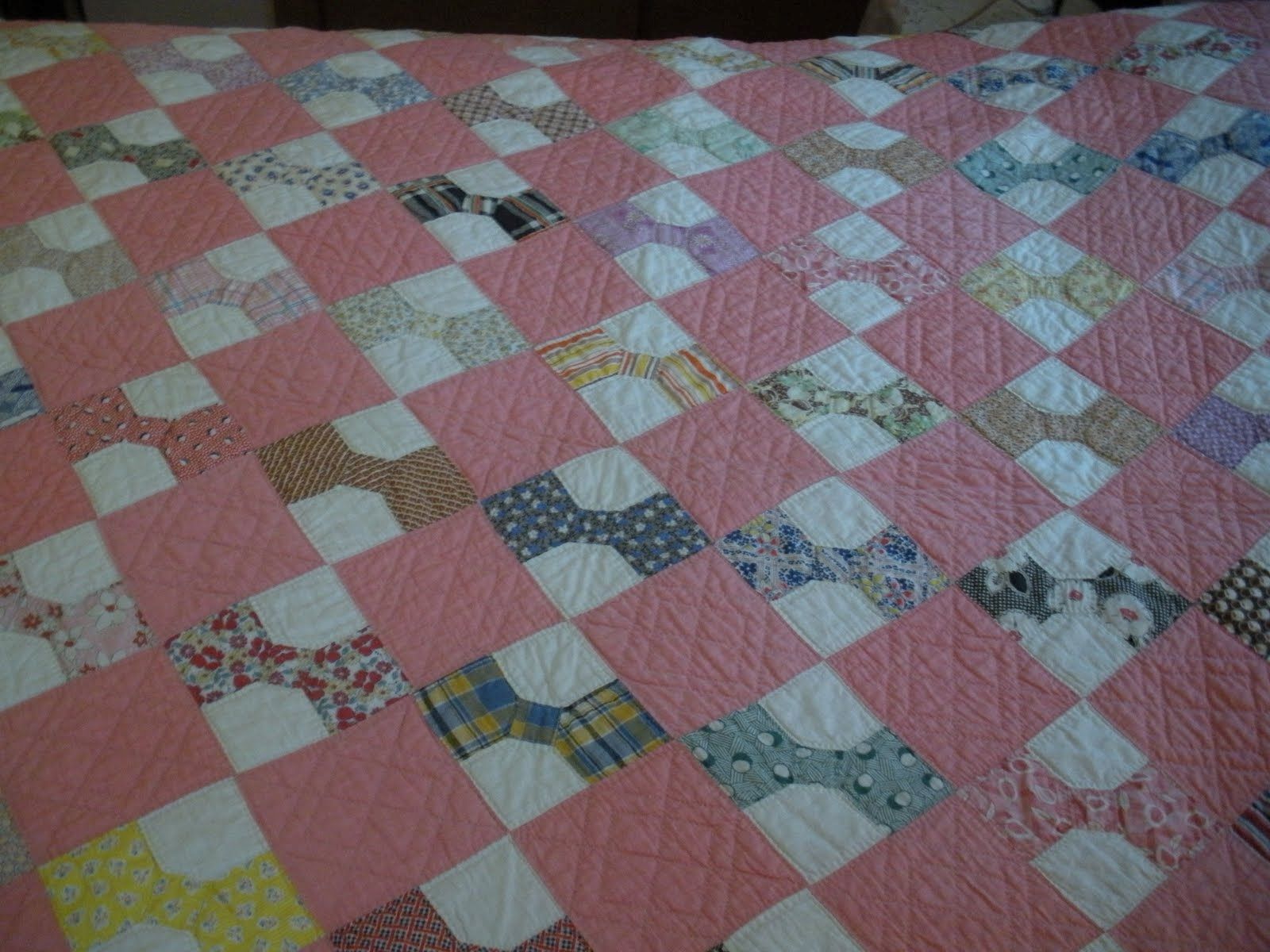

Ideas and Tips
How To Start Collecting Vintage Quilts
Published: November 2, 2024
Discover the joy of collecting vintage quilts with our guide. Learn how to identify, purchase, preserve, and display these timeless treasures.
(Many of the links in this article redirect to a specific reviewed product. Your purchase of these products through affiliate links helps to generate commission for Storables.com, at no extra cost. Learn more)
Collecting vintage quilts can be a rewarding and enriching hobby, offering a glimpse into the past and a connection to the craftsmanship of earlier generations. Whether you're an avid collector or just starting out, understanding the basics of vintage quilt collecting can help you navigate the process with confidence. In this article, we'll delve into the world of vintage quilts, covering everything from identifying and purchasing these treasures to preserving and displaying them.
Understanding the Basics of Vintage Quilts
Before diving into the world of vintage quilt collecting, it's essential to understand what makes a quilt truly vintage. A vintage quilt is typically defined as one that is at least 50 years old. However, the age and authenticity of a quilt can often be disputed, so it's crucial to do thorough research and consult with experts when making a purchase.
Read more: How To Start A Wine Collection At Home
Types of Vintage Quilts
- Antique Quilts: These are quilts that date back to the 18th or 19th century. They often feature traditional patterns and materials like cotton and wool.
- Mid-Century Modern Quilts: These quilts emerged in the mid-20th century and are characterized by modern designs and often synthetic materials.
- Heritage Quilts: These quilts are made using traditional techniques and patterns but may be more recent in origin.
Materials Used in Vintage Quilts
Vintage quilts were made from a variety of materials, each chosen for its durability and aesthetic appeal.
- Cotton: The most common fabric used in vintage quilts, cotton was prized for its softness and ability to hold intricate patterns.
- Wool: Often used in combination with cotton, wool added warmth and texture to quilts.
- Silk: Silk was occasionally used for its luxurious feel but was less common due to its higher cost.
- Linen: Linen was sometimes used for its strength and breathability.
Patterns and Designs
Vintage quilts feature a wide range of patterns and designs that reflect the cultural and social context in which they were created.
- Traditional Patterns: Blocks like the Log Cabin, Star, and Hexagon were staples of early American quilting.
- Regional Influences: Quilts from different regions often featured unique patterns influenced by local traditions.
- Personal Expressions: Many vintage quilts contain personal messages or symbols that tell stories about their creators.
Identifying Vintage Quilts
Identifying a vintage quilt involves both visual inspection and research. Here are some steps you can take:
Read more: Starting A Collection Of Antique Clocks
Visual Inspection
- Fabric Condition: Look for signs of wear such as fading, fraying, or staining. These can indicate age but also be caused by improper care.
- Thread Color: Older threads tend to be more muted in color compared to modern threads.
- Stitching Quality: Hand-stitched quilts typically show more variation in stitch length and tension compared to machine-stitched ones.
- Binding: The binding (the outer edge of the quilt) often gives clues about its age; older bindings may be more uneven or hand-stitched.
Researching the Quilt
- Labeling: Check if there are any labels or signatures on the quilt that provide information about its maker or date.
- Historical Context: Research historical events and cultural trends that might have influenced quilt designs during different eras.
- Expert Opinion: Consult with quilt appraisers or historians who specialize in vintage textiles for an expert opinion on authenticity and value.
Purchasing Vintage Quilts
When purchasing a vintage quilt, it's crucial to ensure that you're buying from reputable sources and getting fair value for your money.
Where to Buy
- Antique Shops: These shops specialize in selling antique items including vintage quilts.
- Estate Sales: Estate sales often feature items from deceased estates which can include rare and valuable quilts.
- Online Marketplaces: Websites like eBay and Etsy offer a wide range of vintage quilts but be cautious of fake listings and ensure you're buying from trusted sellers.
- Quilt Shows & Auctions: Attending quilt shows or auctions can provide opportunities to see many quilts up close before making a purchase decision.
Tips for Buying
- Inspect Carefully: Always inspect the quilt thoroughly before making a purchase; look for any signs of damage or restoration work done on it.
- Ask Questions: Don't hesitate to ask questions about the quilt's history, materials used, and any restoration work done on it.
- Get Appraisal Reports: Consider hiring an appraiser who specializes in textiles if you're unsure about the authenticity or value of a particular quilt.
Preserving Your Vintage Quilts
Once you've acquired your vintage quilt, proper preservation is essential to maintain its condition over time.
Storage
- Avoid Direct Sunlight: Direct sunlight can cause fading so store your quilt away from windows or use UV-filtering window treatments if necessary.
- Cool Dry Place: Store your quilt in a cool dry place; avoid basements or attics where moisture levels might fluctuate significantly.
- Avoid Pests: Use acid-free tissue paper between layers when storing multiple quilts together; this helps prevent pest infestations like moths or silverfish.
Cleaning
- Professional Cleaning: If you need to clean your vintage quilt, consider hiring a professional cleaner who specializes in textile conservation rather than attempting it yourself which could cause further damage.
- Spot Cleaning: For minor stains or spills on the surface of the quilt, use mild soap solution applied gently with a soft brush; avoid soaking as this could weaken fibers over time.
Read more: How To Clean Vintage Glassware
Displaying Your Quilts
Displaying your vintage quilts requires careful consideration to ensure they remain protected while still being appreciated by you and others.
- Frame Them: Consider framing your quilts using acid-free materials like cotton or linen frames which allow air circulation around them while keeping dust out.
- Use Quilt Hangers: If framing isn't feasible due to size constraints, use quilt hangers specifically designed for hanging quilts without causing creases or folds that could damage fabric over time.
- Rotate Displays: Rotate displays regularly so that different parts of each quilt get equal exposure preventing uneven wear patterns from developing over time due prolonged exposure in one spot alone!
Conclusion
Collecting vintage quilts is not just about acquiring beautiful pieces of history but also involves understanding their significance within broader cultural contexts along with proper care techniques ensuring longevity these treasured possessions Whether you're just starting out journey discovering world antique textiles or already seasoned collector looking expand collection further – remember always approach each new acquisition with curiosity respect towards craftsmanship involved creating each unique piece artistry passed down generations before us today!
By following guidelines outlined above – identifying authenticating purchasing preserving displaying – you'll not only enhance personal collection but also contribute towards preserving heritage quilting traditions we cherish so deeply today tomorrow alike Happy collecting
Was this page helpful?
At Storables.com, we guarantee accurate and reliable information. Our content, validated by Expert Board Contributors, is crafted following stringent Editorial Policies. We're committed to providing you with well-researched, expert-backed insights for all your informational needs.
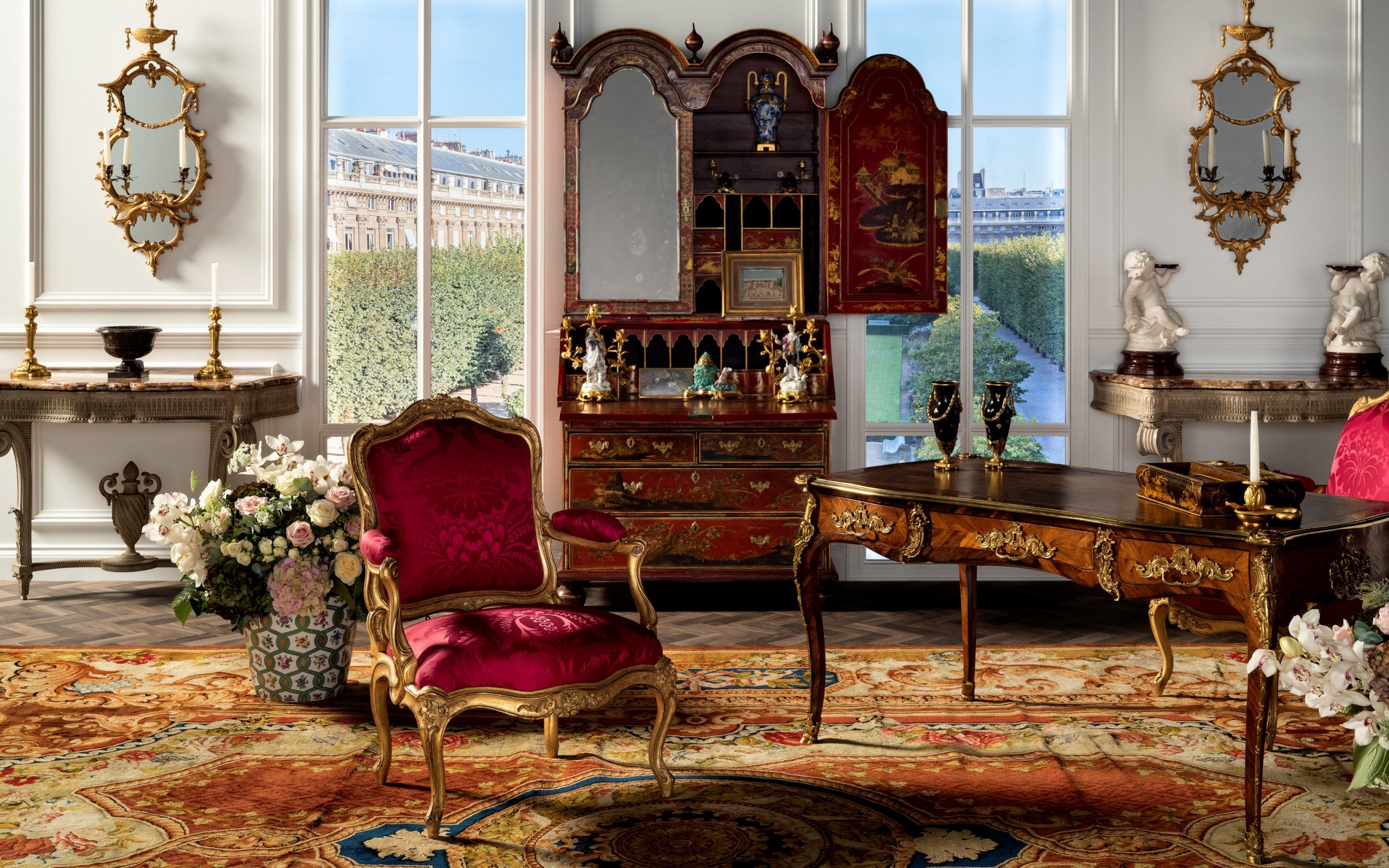
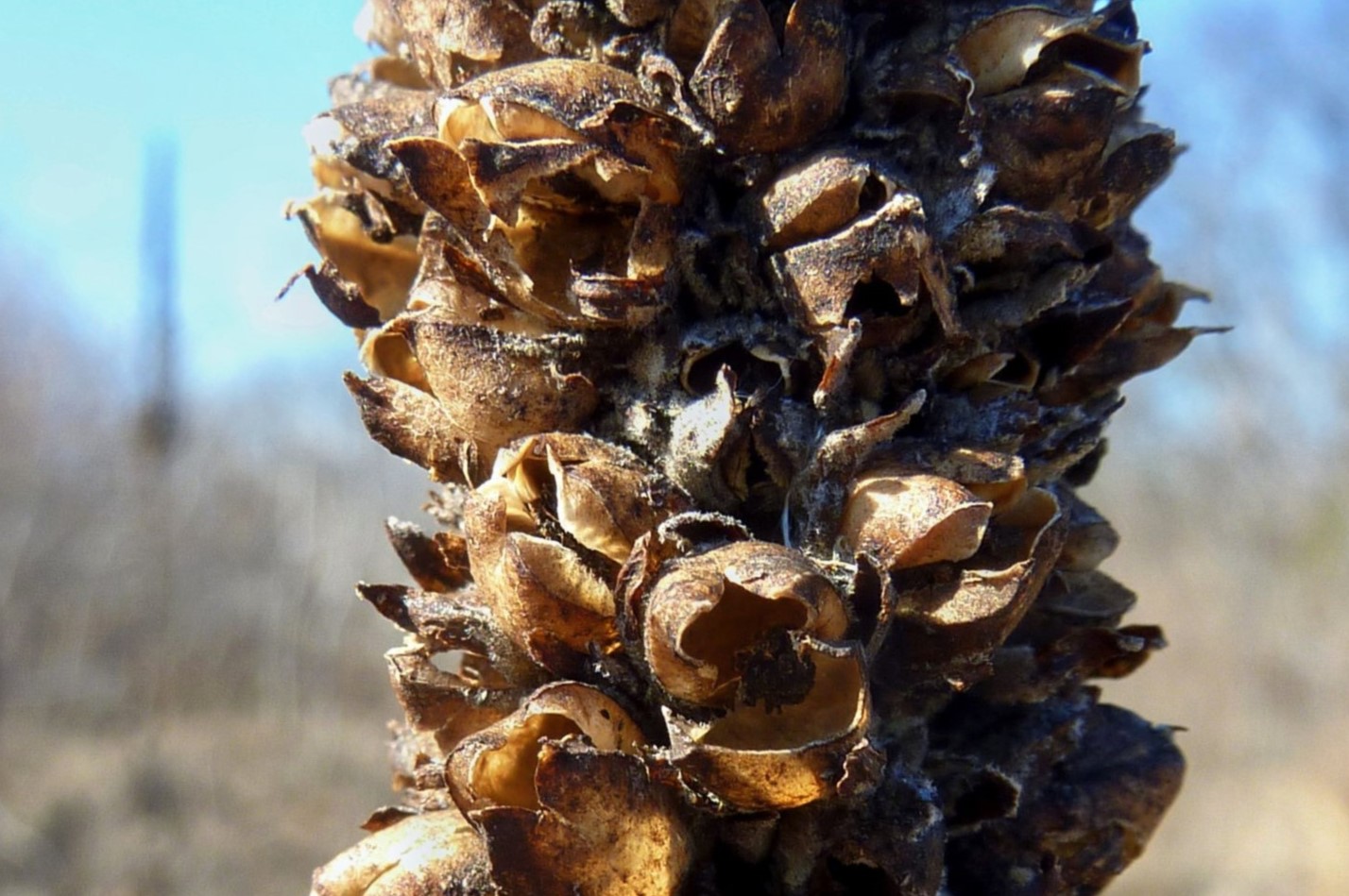
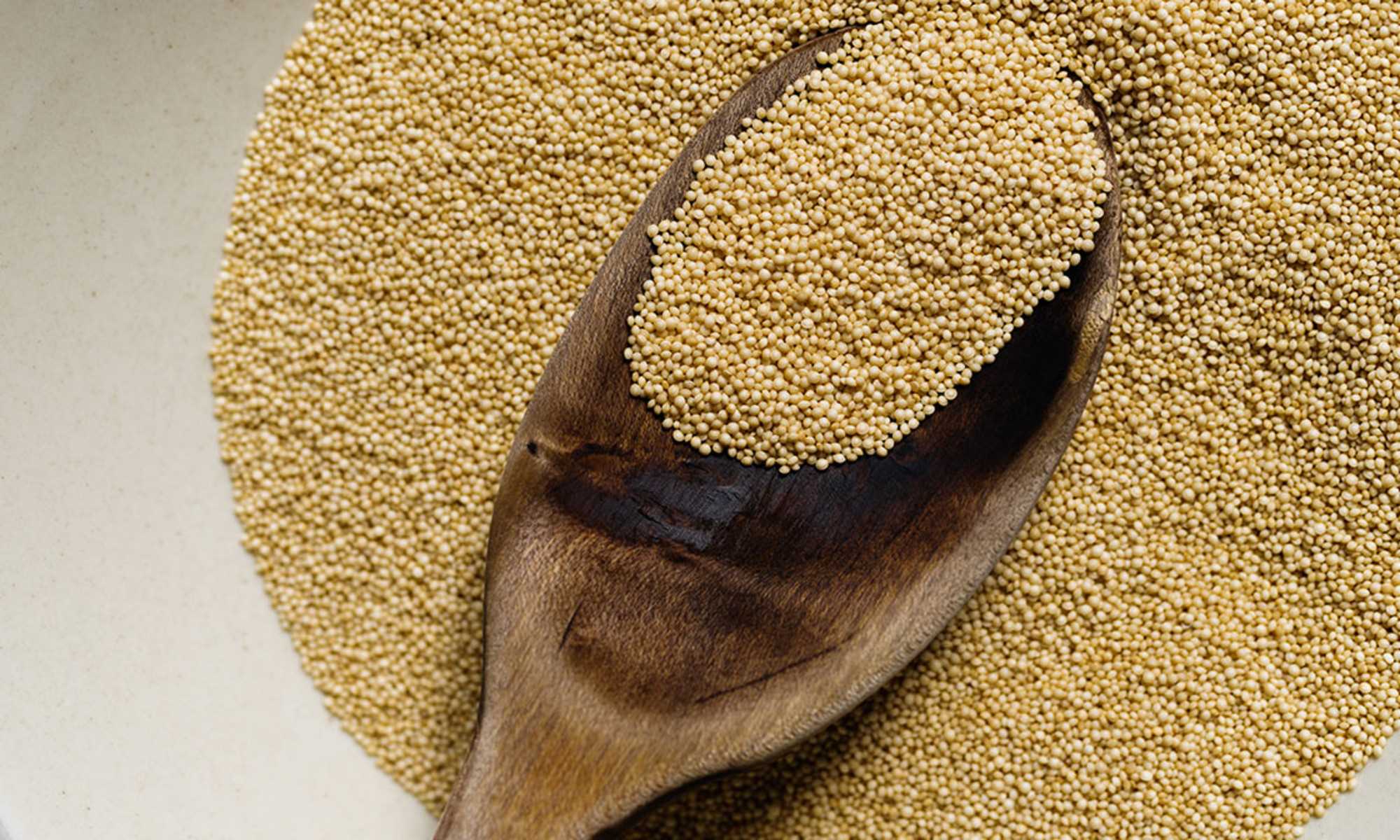
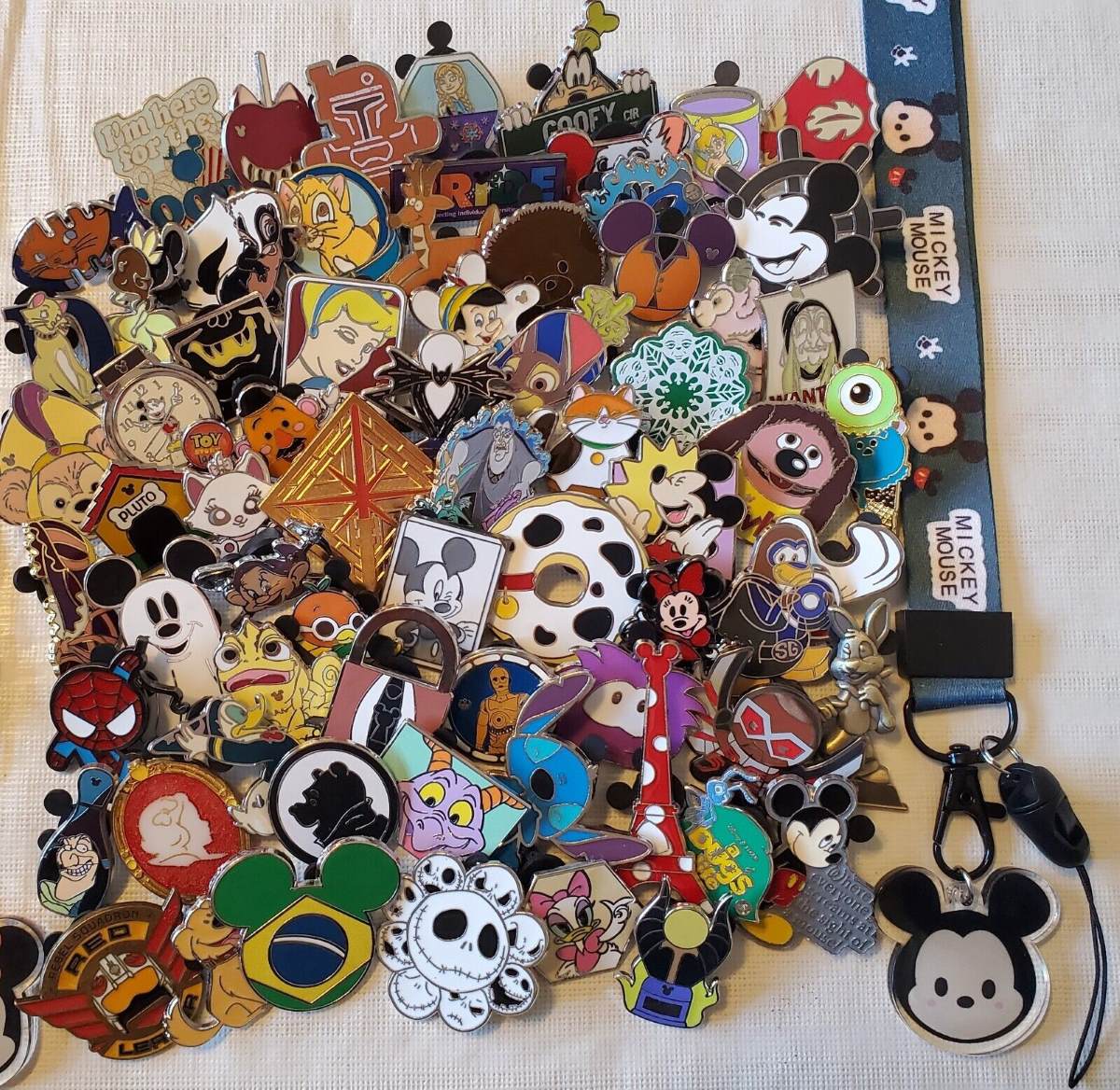
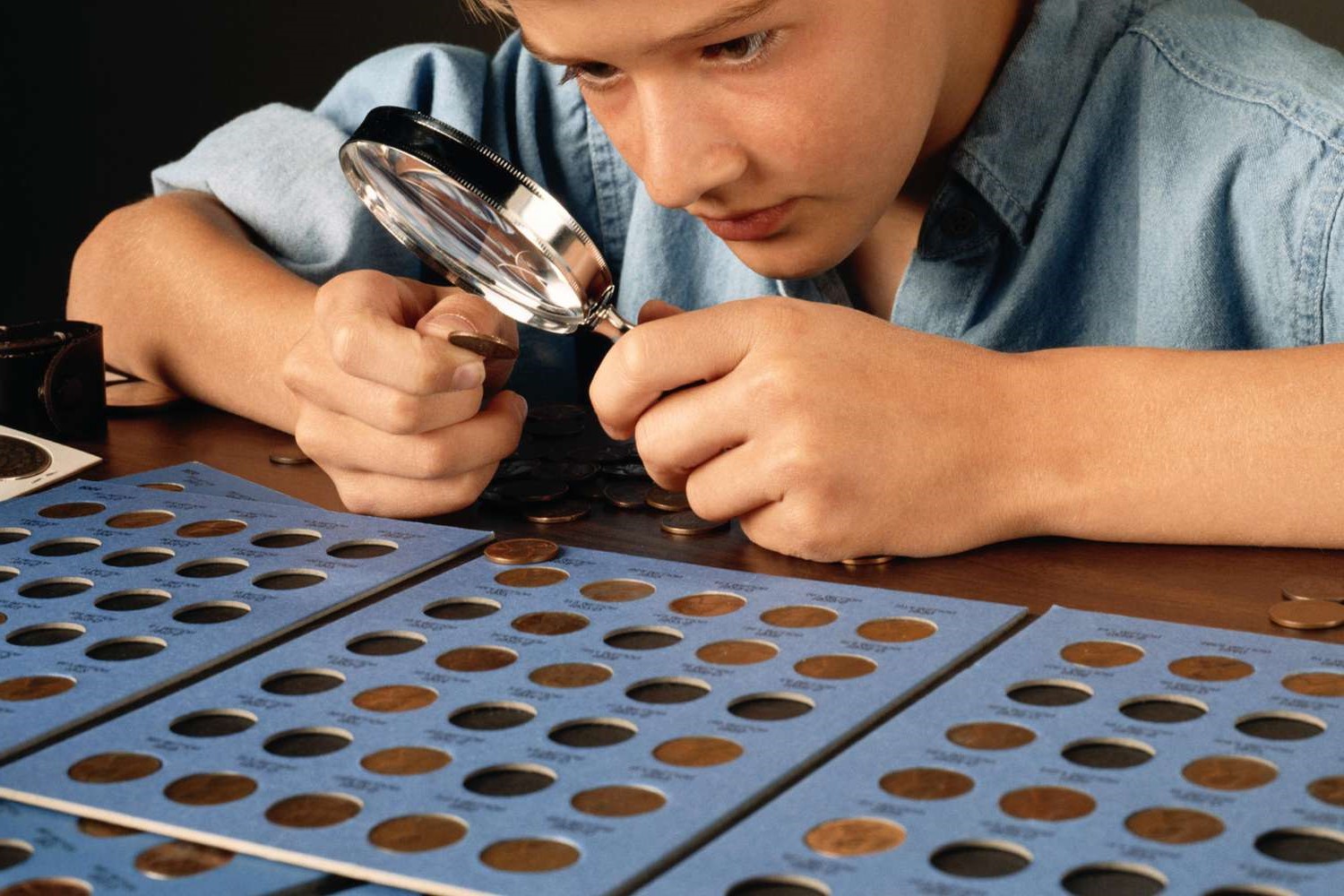
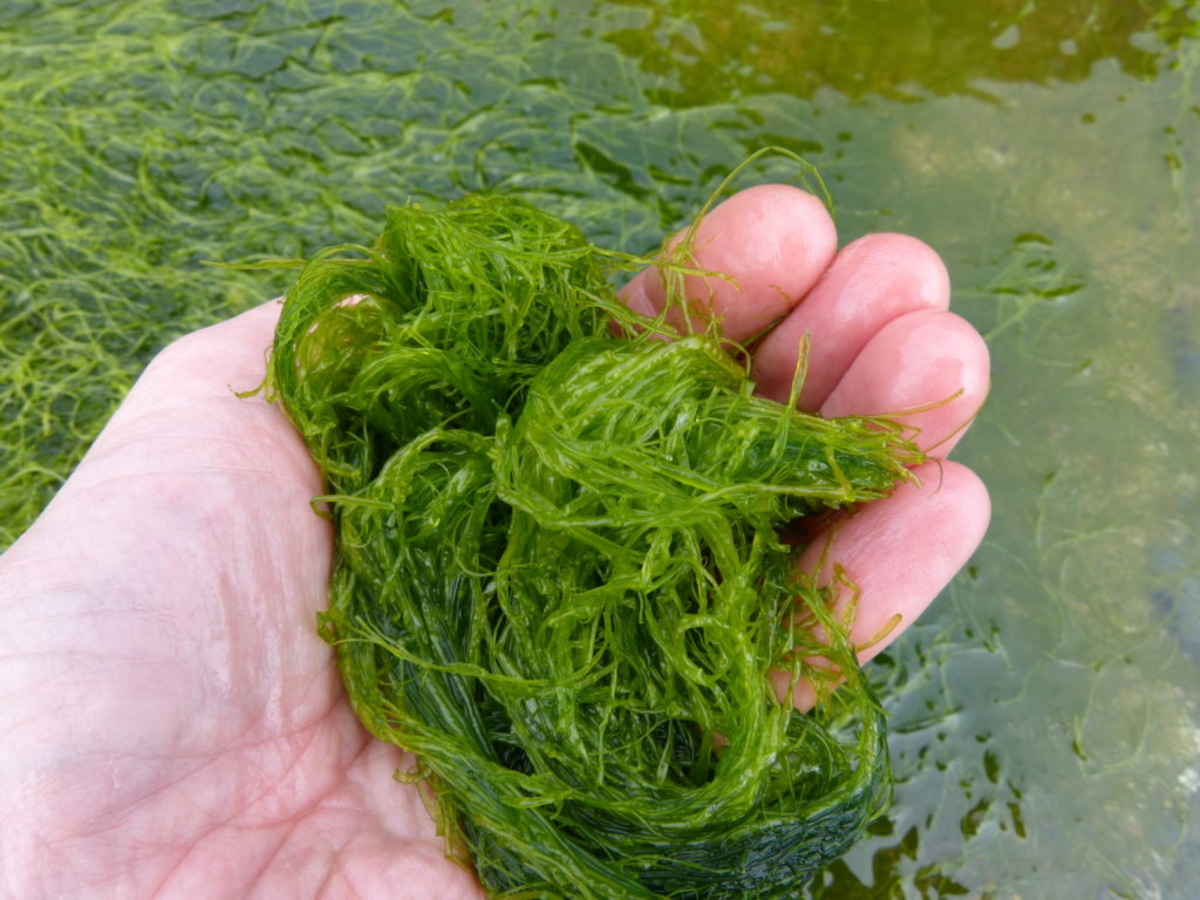
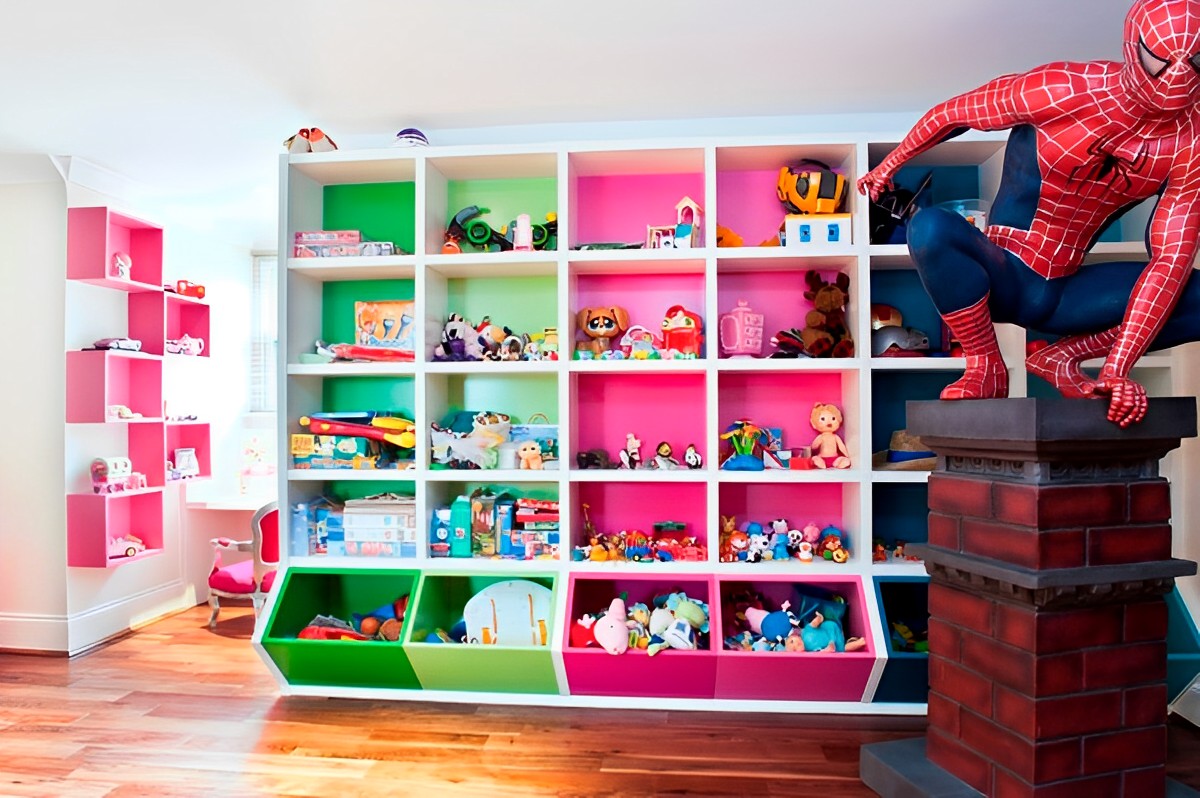
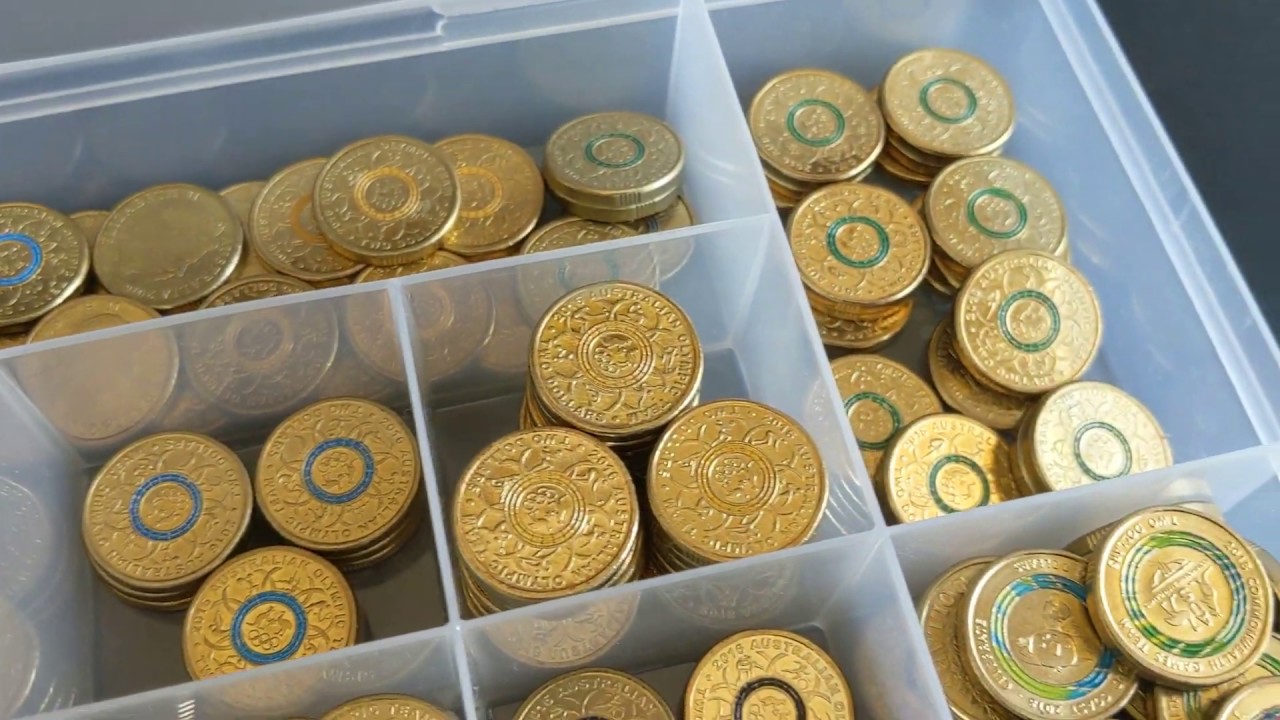
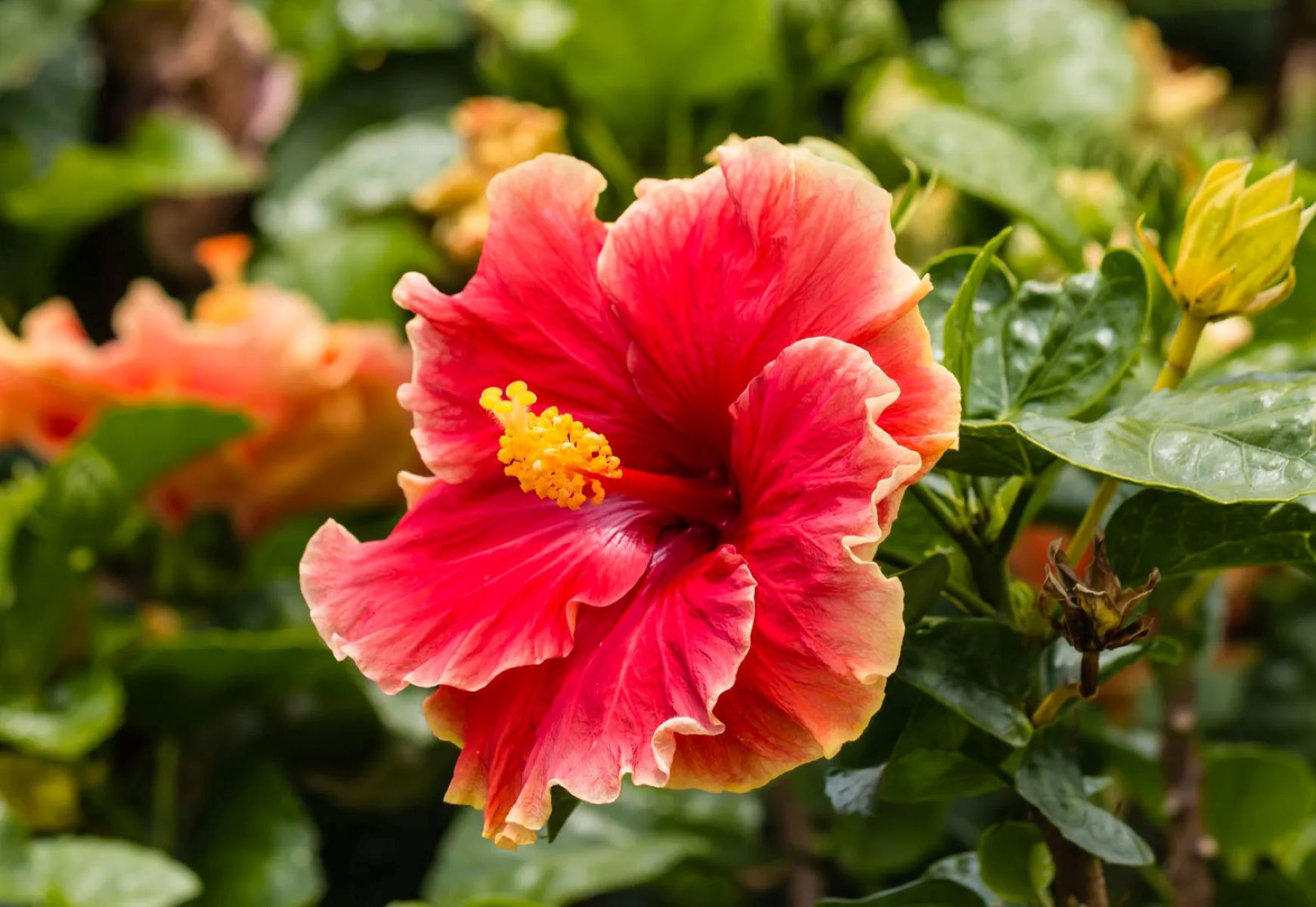
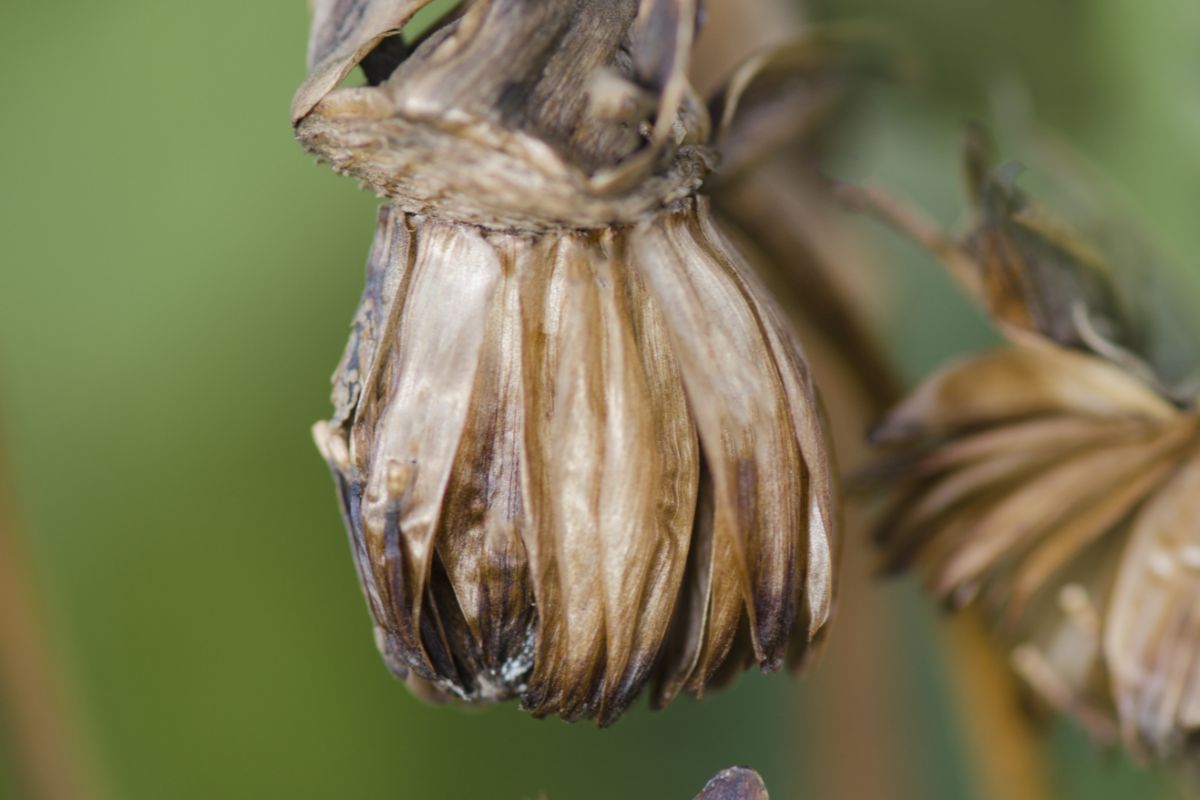
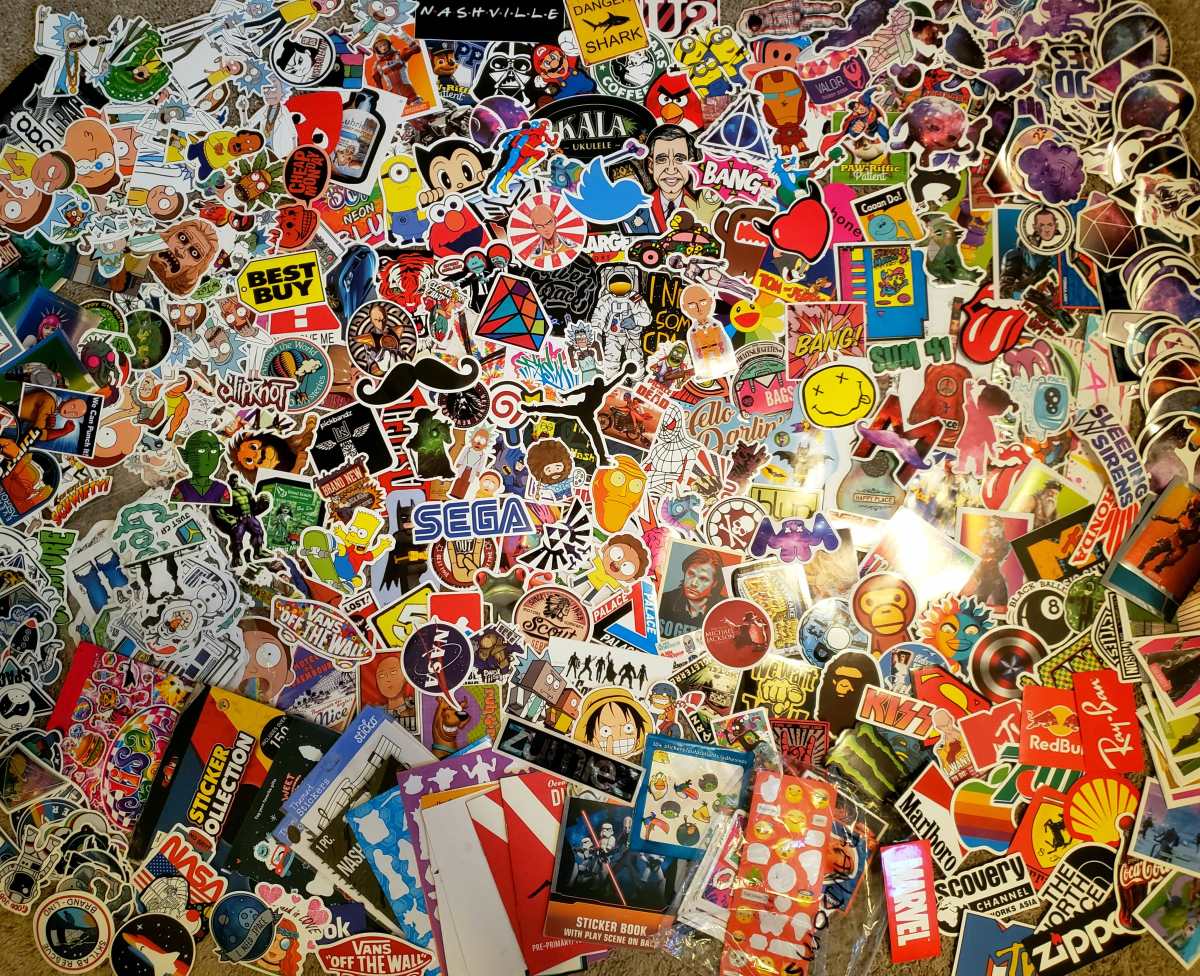
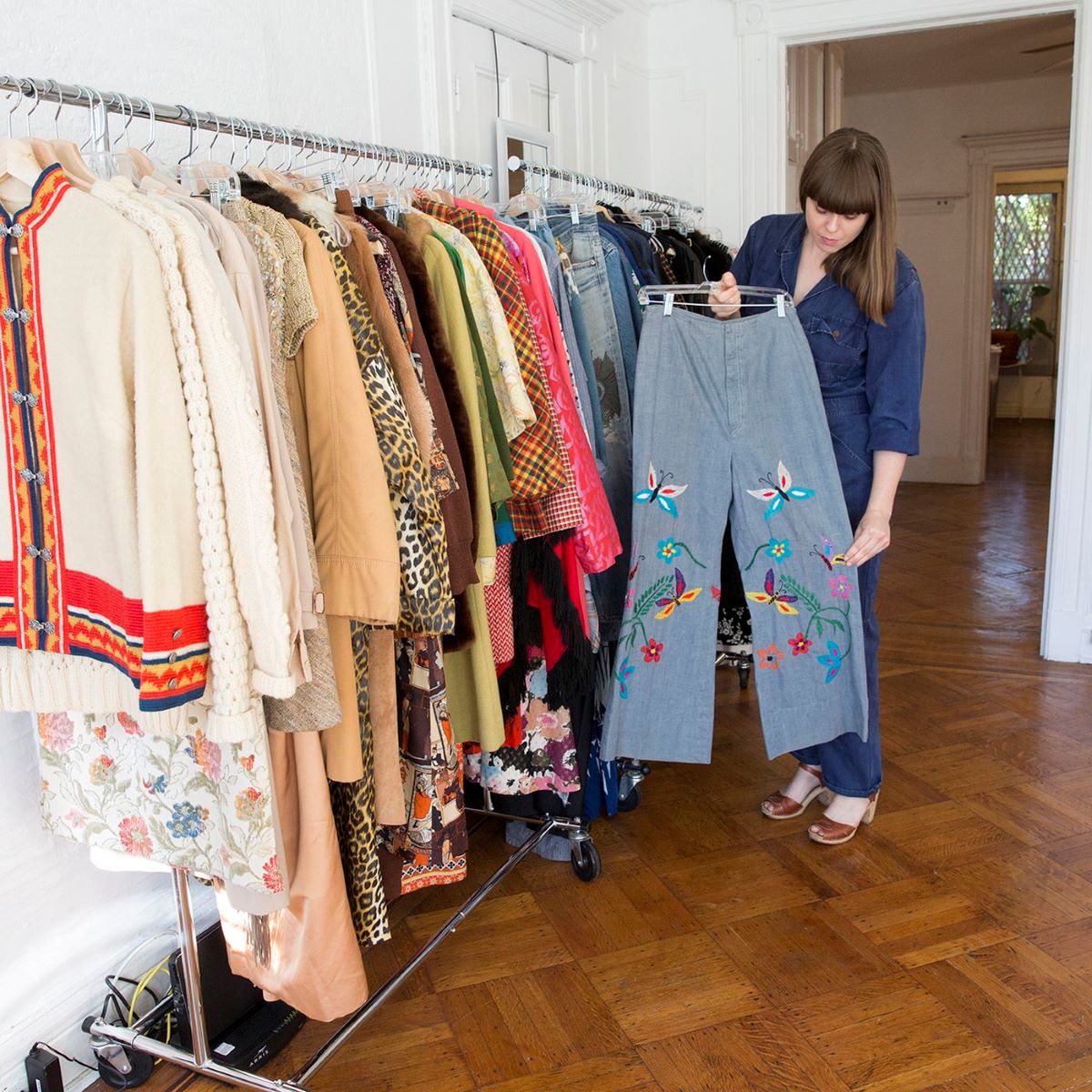

0 thoughts on “How To Start Collecting Vintage Quilts”